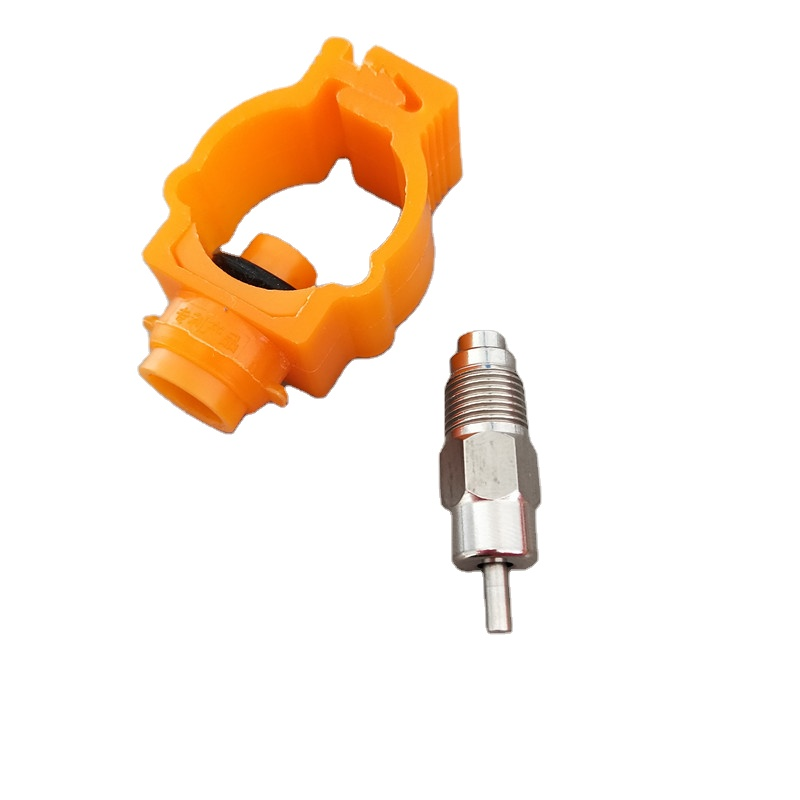Efficient Solutions for Livestock Feed Preparation with Grinder Mixer Machines
Dec . 03, 2024 14:48 Back to list
Efficient Solutions for Livestock Feed Preparation with Grinder Mixer Machines
The Importance of Livestock Feed Grinder Mixers in Modern Agriculture
In the rapidly evolving landscape of modern agriculture, the efficiency of feed production plays a pivotal role in livestock management. One key piece of equipment that stands as a cornerstone of this process is the livestock feed grinder mixer. This machine not only streamlines the feeding process but also enhances the nutritional quality of animal feed, ultimately leading to healthier livestock and improved productivity.
Understanding the Livestock Feed Grinder Mixer
A livestock feed grinder mixer is an essential tool for farmers and livestock producers, designed to reduce the size of feed particles and mix various ingredients uniformly. The grinder component pulverizes grains, such as corn, barley, and oats, while the mixer ensures that all ingredients are thoroughly combined. This dual functionality not only saves time and labor but also minimizes the risk of feed segregation, ensuring that animals receive a consistent diet.
The versatility of these machines is remarkable. They can handle a variety of feed ingredients, including forage, grains, supplements, and even complete feed rations. Depending on the needs of the farm, these machines can be customized to mix different proportions of ingredients, enabling farmers to create unique feed blends tailored to the specific nutritional requirements of their livestock.
Nutritional Enhancement
One of the primary advantages of using a feed grinder mixer is the ability to enhance the nutritional value of animal feed. By grinding the feed, the surface area of the ingredients is increased, allowing for better digestibility and absorption of nutrients. This is particularly important for ruminants like cattle and sheep, whose digestive systems benefit from finely ground feed.
Moreover, mixing various ingredients helps to balance the diet, ensuring that animals receive essential vitamins, minerals, and proteins necessary for growth and reproduction. For instance, a well-formulated feed containing the right mix of energy sources and protein-rich ingredients can lead to improved weight gain in beef cattle and increased milk production in dairy cows.
Cost Efficiency and Waste Reduction
In an era where profit margins are crucial, the cost efficiency of feed production directly impacts the bottom line of livestock operations. Using a feed grinder mixer allows farmers to utilize locally sourced ingredients, which can be more affordable than purchasing pre-mixed feeds. Additionally, by mixing their own feed, farmers can reduce dependence on commercial feed suppliers, leading to further savings.
livestock feed grinder mixer

Feed waste is another significant concern in livestock management. When feed is not properly mixed, animals may select their preferred components, leading to uneven nutrient intake and increased waste. The feed grinder mixer helps to mitigate this issue by ensuring a uniform mix, promoting better consumption and reducing overall feed waste, which is economically beneficial.
Enhancing Sustainability
Sustainability is a growing concern in the agriculture industry, and livestock feed grinder mixers contribute to this movement. By allowing farmers to create their own feed mixes, these machines enable the use of alternative feed sources, such as byproducts from other industries or leftover forage. This not only reduces the reliance on conventional feed sources but also promotes recycling and responsible resource management.
Moreover, by producing feed on-site, farmers can significantly cut down on transportation costs and emissions associated with transporting feed over long distances. This localized approach aligns with sustainable farming practices, fostering a more environmentally friendly agricultural system.
Ease of Use and Technological Advancements
Modern livestock feed grinder mixers are designed with user-friendly features and technological advancements that enhance their functionality. Many models are equipped with digital controls, allowing farmers to easily adjust mixing times and ingredient ratios. Some machines even incorporate software for precise feed formulation based on specific livestock requirements.
Additionally, maintenance and longevity of the equipment have improved with advancements in engineering. Durable materials and innovative designs have made these machines more reliable and easier to maintain, reducing downtime and repair costs.
Conclusion
In conclusion, livestock feed grinder mixers are indispensable tools in modern agriculture that offer numerous benefits, from improving feed efficiency and nutritional quality to enhancing sustainability and cost management. As the agricultural sector continues to adapt to new challenges, investing in such equipment not only supports the health and productivity of livestock but also contributes to more sustainable farming practices. By embracing the capabilities of feed grinder mixers, farmers can optimize their operations and ensure that they remain competitive in a dynamic market.
-
Hot Sale 24 & 18 Door Rabbit Cages - Premium Breeding Solutions
NewsJul.25,2025
-
Automatic Feeding Line System Pan Feeder Nipple Drinker - Anping County Yize Metal Products Co., Ltd.
NewsJul.21,2025
-
Automatic Feeding Line System Pan Feeder Nipple Drinker - Anping County Yize Metal Products Co., Ltd.
NewsJul.21,2025
-
Automatic Feeding Line System - Anping Yize | Precision & Nipple
NewsJul.21,2025
-
Automatic Feeding Line System - Anping Yize | Precision & Nipple
NewsJul.21,2025
-
Automatic Feeding Line System-Anping County Yize Metal Products Co., Ltd.|Efficient Feed Distribution&Customized Animal Farming Solutions
NewsJul.21,2025






